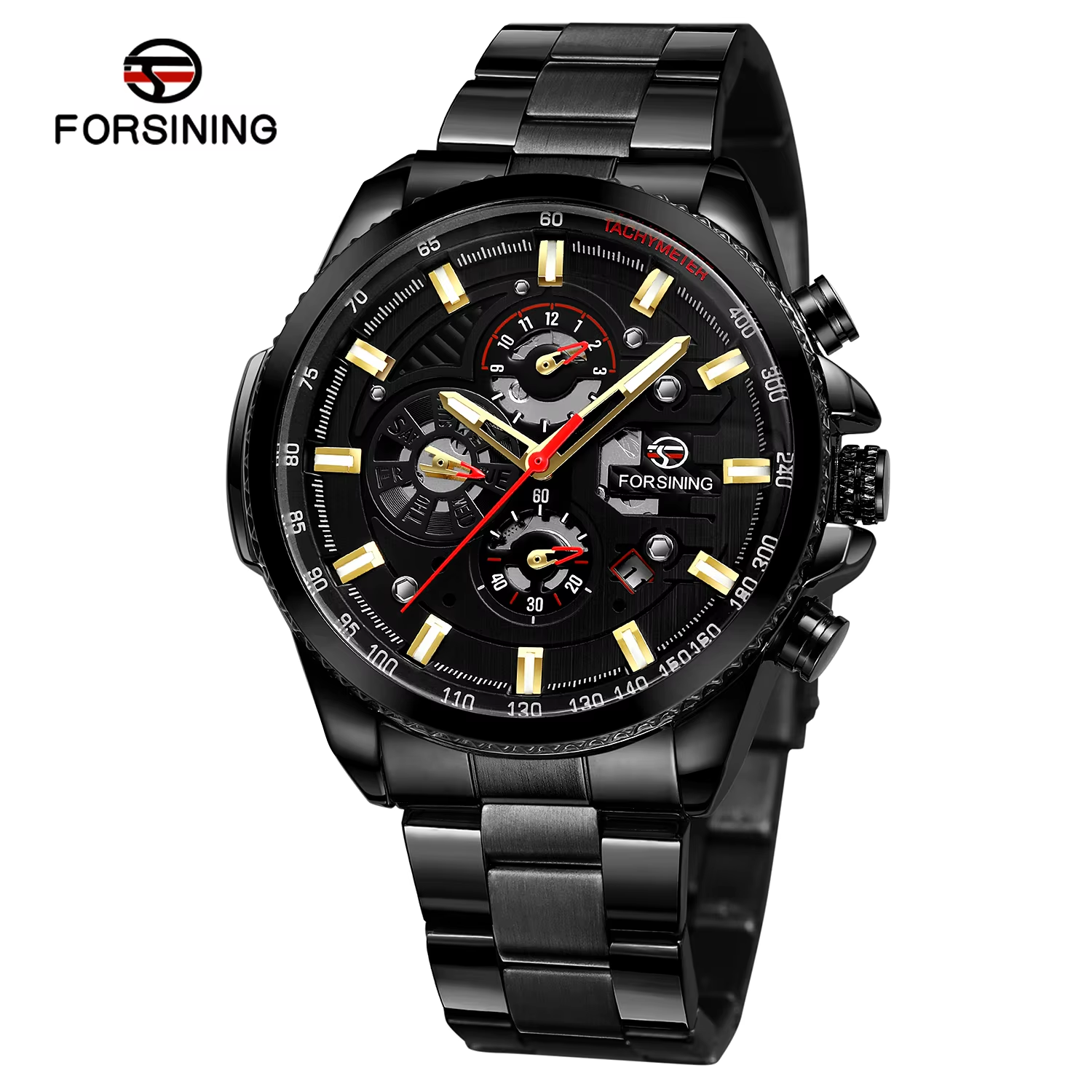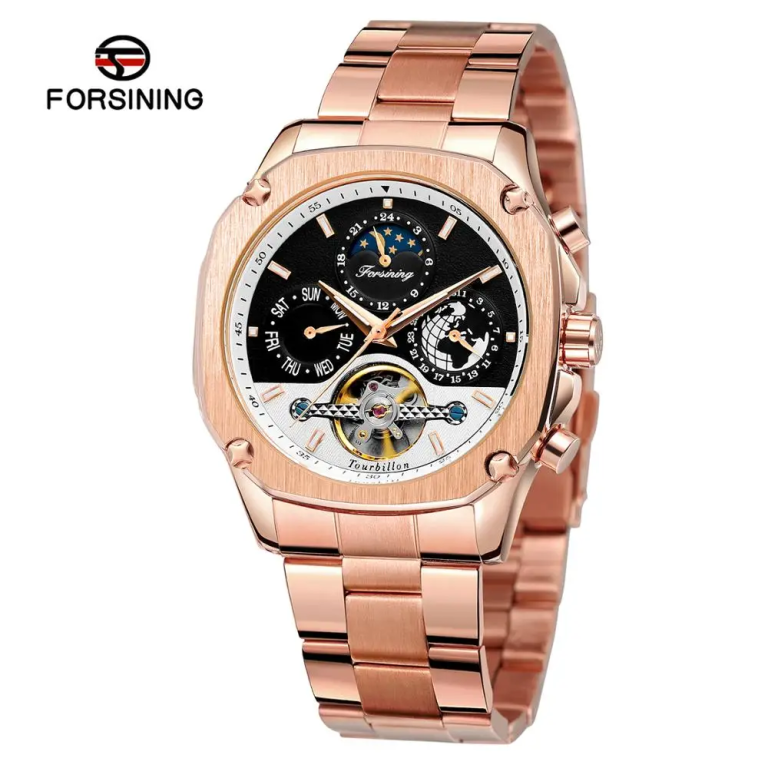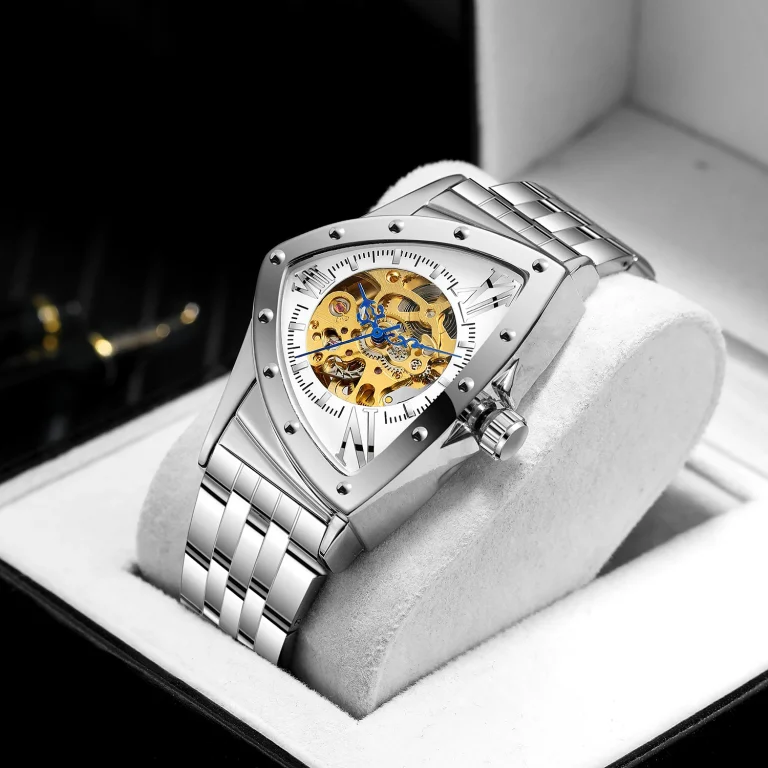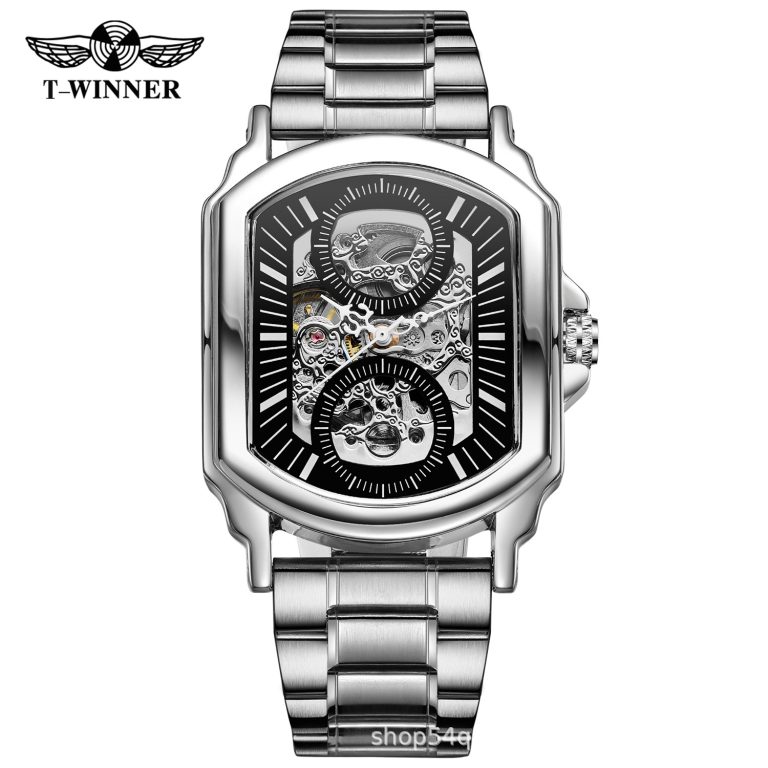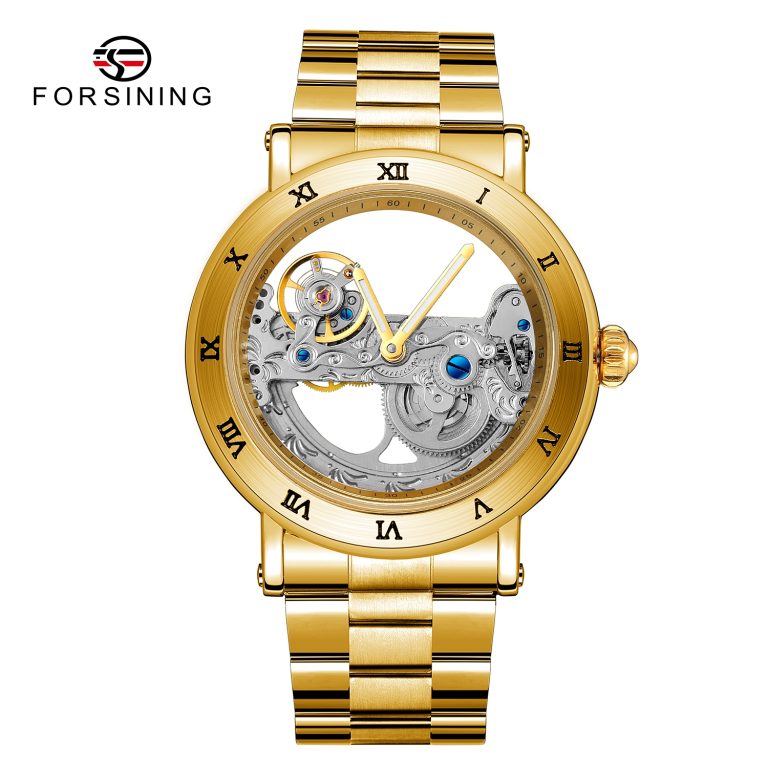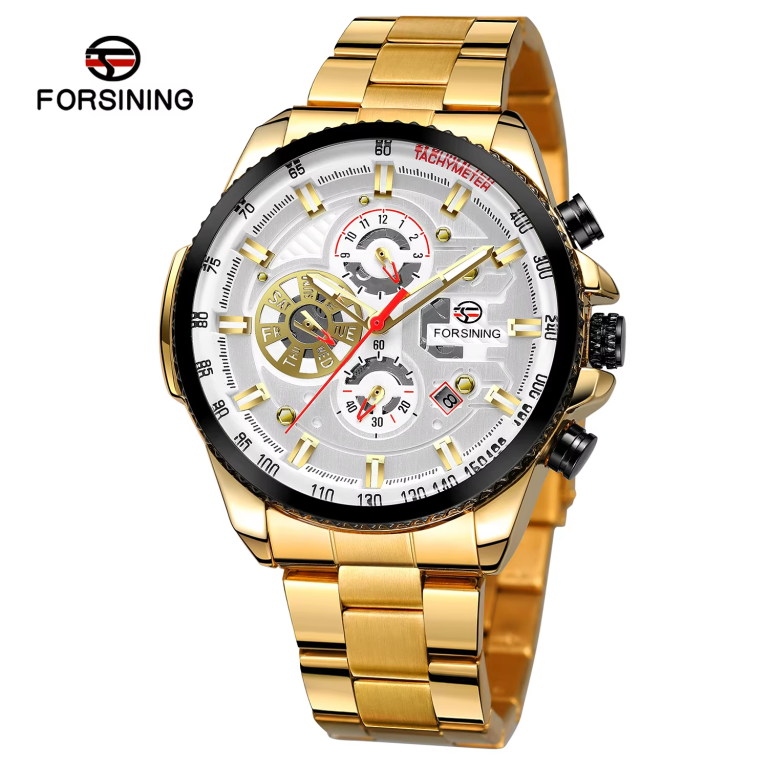From the appearance alone, it is easy to distinguish between quartz watches and mechanical watches at a glance. Mechanical watches run continuously, while quartz watches have a second hand that jumps one step at a time. The timekeeping of a mechanical watch relies on precision, making it more precise than a quartz watch. The error of a mechanical watch is approximately ± 30 seconds per day, but it has no impact on daily wear. And mechanical watches do not require batteries, they are designed through precise internal mechanical devices, but they need to ensure long-term operation and rely on winding to drive all the power, so as to ensure accurate timekeeping. If it is left unused for one or two years, causing the machine to malfunction, then the entire movement needs to be replaced.
Most mechanical watches are more suitable for men, who naturally have a special love for machinery. Generally, mechanical watches are divided into manual and automatic models. Manual watches require a person to manually wind the watch and also require the watch’s power to be released before manually winding the watch to ensure normal movement. In principle, the automatic version does not require manual winding, as long as it is worn on the wrist every day to provide sufficient power through movement, it is more convenient compared to the manual version. So, distinguishing between manual and automatic models will be relatively simple, mainly depending on whether the movement on the back of the watch has a pendulum. If it is in a semi-circular centrifugal shape, as long as the watch is shaken, it can swing accordingly.

